Monday, Feb 6th
Yakima Valley AVA
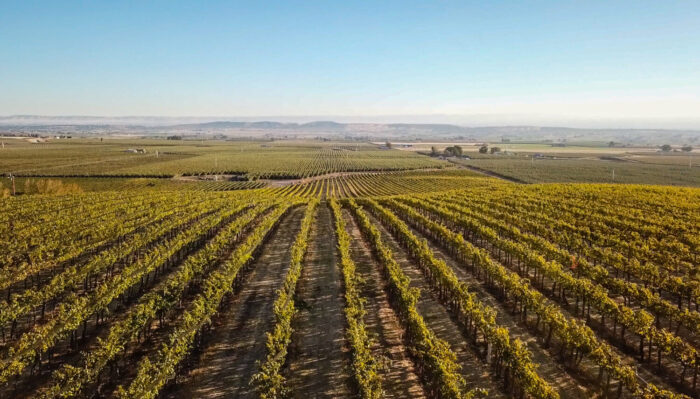
Designated: 1983
Vineyards: 18,924 acres (7,658 hectares)
Top Varieties: Chardonnay, Merlot, Cabernet Sauvignon, Riesling, Syrah
Average Annual Precipitation: 8 inches
Yakima Valley is one of Washington’s most diverse growing regions. It also is the largest sub-appellation of the Columbia Valley, both in total size and planted acreage, with the valley home to over one quarter of Washington’s total grape vine acreage.
Designated in 1983, Yakima Valley was the first federally recognized wine-growing region in the Pacific Northwest. The valley has an arid, continental climate, with annual average precipitation at just 8 inches (20 cm). Irrigation is therefore required to cultivate vinifera grapes. The Yakima River, which bisects the appellation, provides water for irrigation as do local aquifers.
Yakima Valley Lunch Wine Tech Sheets
Download All ItemsTuesday, Feb 7th
Red Mountain AVA
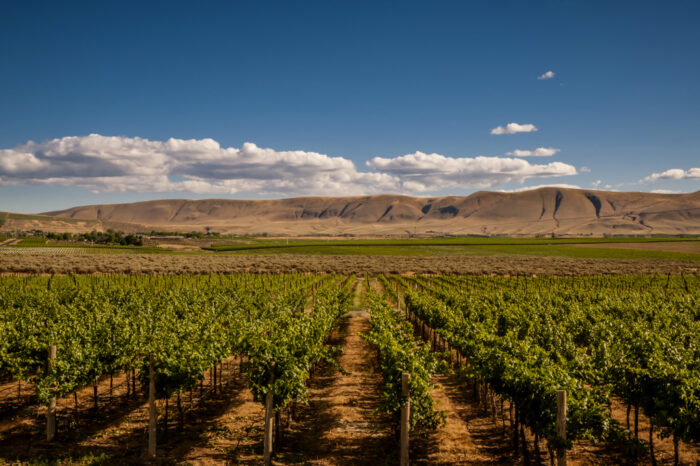
Designated: 2001
Vineyards: 2,382 acres (963 hectares)
Top Varieties: Cabernet Sauvignon, Merlot, Syrah
Average Annual Precipitation: 5 inches
At 4,040 total acres (1,630 ha), Red Mountain is one of Washington’s smallest appellations. It is also one of the state’s warmest, with broad, southwest-facing slopes that soak up the summer sun.
Due to these warm temperatures, red grape varieties dominate, particularly Cabernet Sauvignon, which makes up 60% of plantings. The area’s warm temperatures and persistent winds lead to small berry sizes and thicker skins. Red Mountain Cabernet Sauvignons tend to be full bodied, dark, and dense with firm tannins that provide exceptional ageability.
Red Mountain AVA Lunch Wine Tech Sheets
Download All ItemsWednesday, Feb 8th
Walla Walla Valley AVA
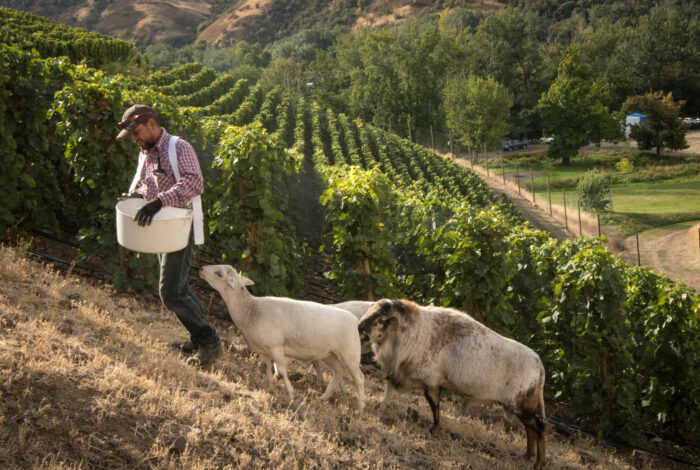
Designated: 1984
Vineyards: Total vineyard acreage: 2,933 (1,186 hectares); Washington acreage: 1,672 (676 hectares)
Top Varieties: Cabernet Sauvignon, Merlot, Syrah
Average Annual Precipitation: 7-22 inches
Walla Walla Valley has the highest concentration of wineries in the state and is also home to some of Washington’s oldest wineries. The valley is a shared appellation with Oregon, with just over half of the planted acreage on the Washington side.
Walla Walla Valley Lunch Wine Tech Sheets
Download All ItemsThursday, Feb 9th
Columbia Gorge AVA
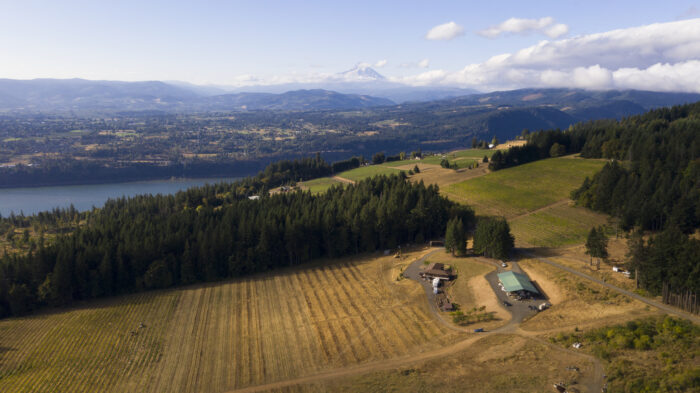
Designated: 2004
Vineyards: Total vineyard acreage: 950 (384 Hectares); Washington acreage: 381 (154 Hectares)
Top Varieties: Pinot Noir, Chardonnay, Pinot Gris, Riesling
Average Annual Precipitation: 10-36 inches
Established in 2004, the Columbia Gorge AVA is the state’s westernmost appellation east of the Cascade Mountains. A shared appellation with Oregon, the 40-mile long Columbia Gorge is notable for its diversity, with very dry regions to the east as well as areas to the west that receive so much rain they are able to dry farm – an extreme rarity in eastern Washington.
This region’s proximity to the Cascade crest, which lies to the west, results in radically different microclimates. Driving west to east, annual rainfall decreases approximately one inch per mile. The western section of the appellation receives an average of 36 inches (90cm) of rainfall annually; the eastern section a mere 10 (25cm).
As a result, western vineyards have more of a maritime influenced climate, ideal for cool climate grapes; eastern vineyards have a continental climate, better suited to warm weather varieties.
The Columbia Gorge Lunch Wine Tech Sheets
Friday, Feb 10th
Horse Heaven Hills AVA
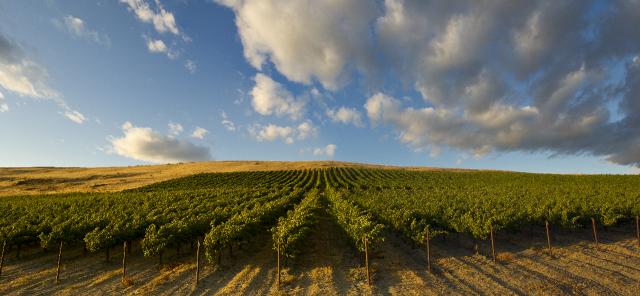
Designated: 2005
Vineyards: 17,082 acres (6,912 hectares)
Top Varieties: Cabernet Sauvignon, Merlot, Chardonnay, Riesling, Syrah
Average Annual Precipitation: 9 inches
The Horse Heaven Hills AVA is home to over one quarter of Washington’s planted acreage. The area is among Washington’s warmer growing regions, making it an ideal place for Cabernet Sauvignon which makes up a large percentage of plantings. Many vineyards in the Horse Heaven Hills are planed on south-facing slopes, providing for extended sun exposure.
